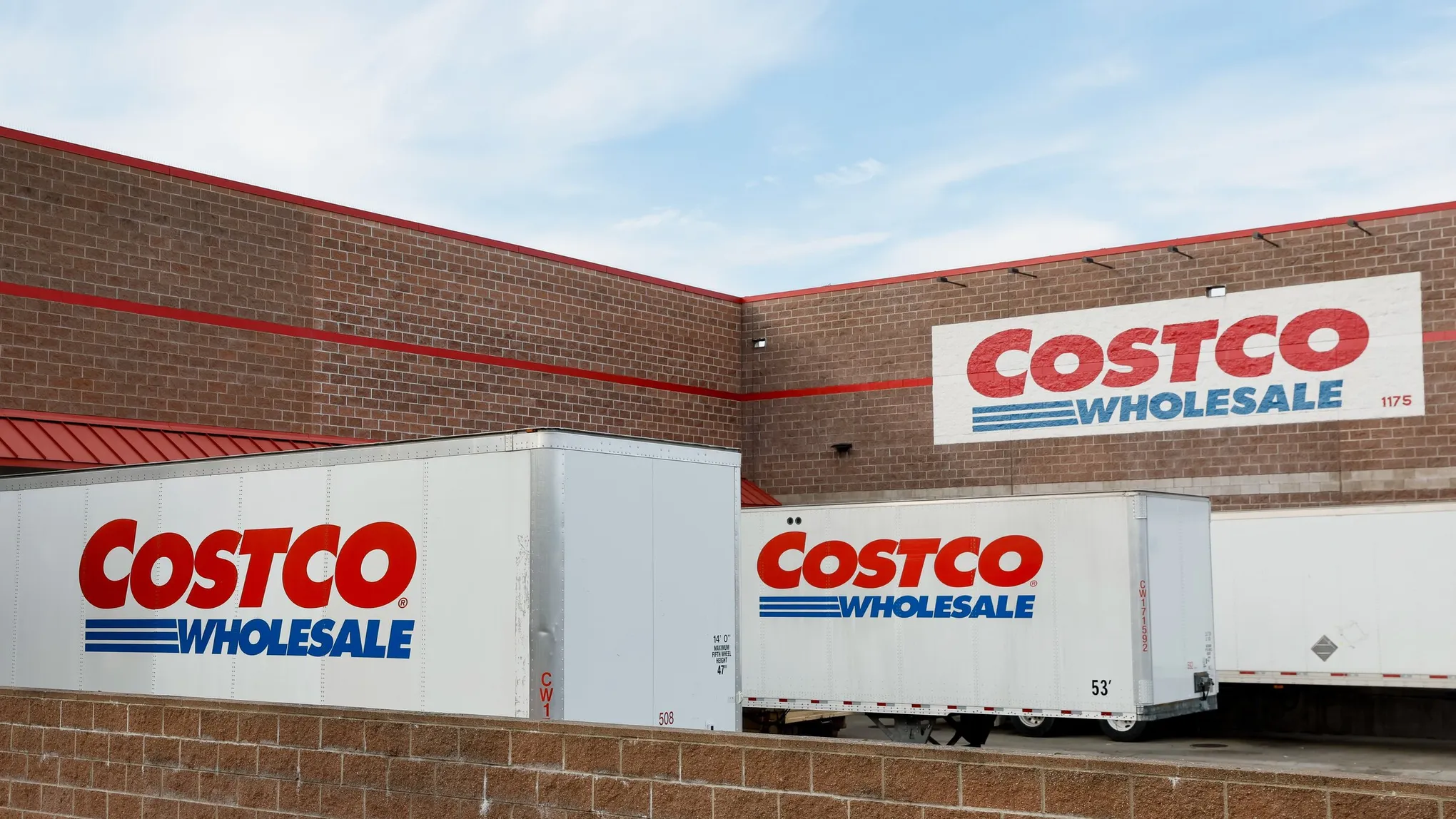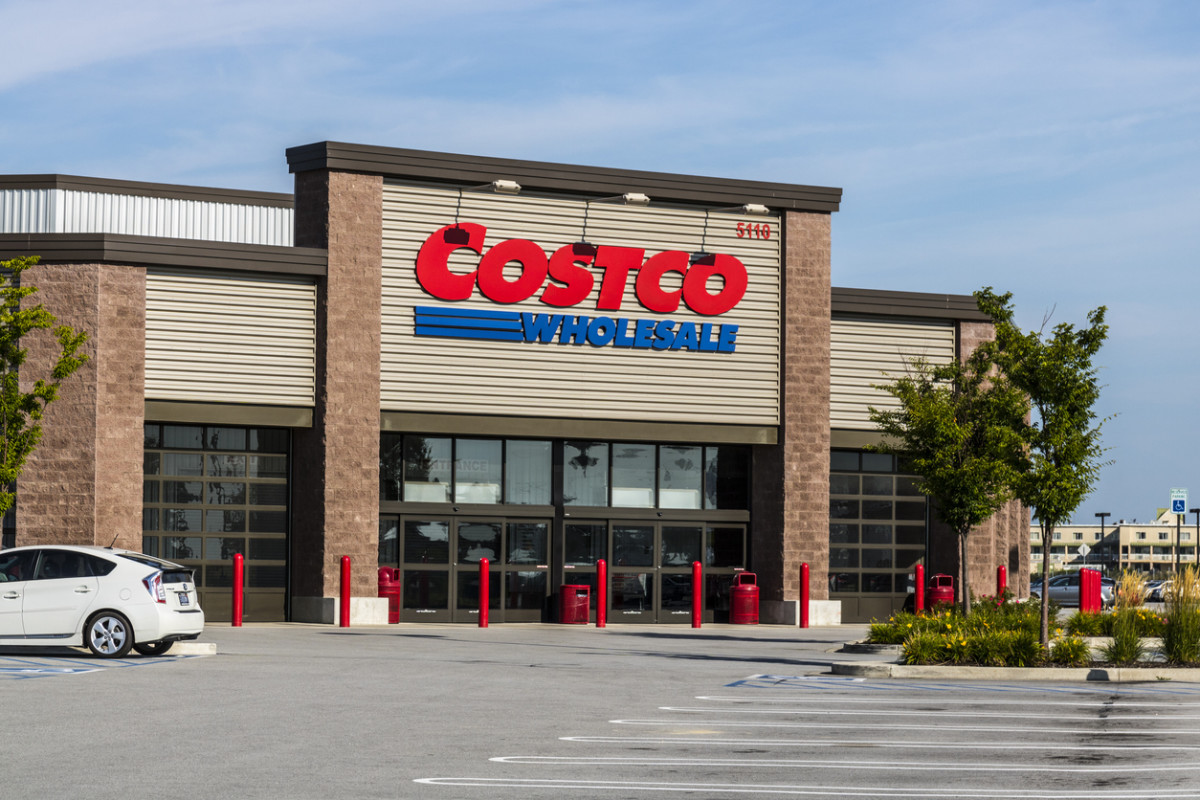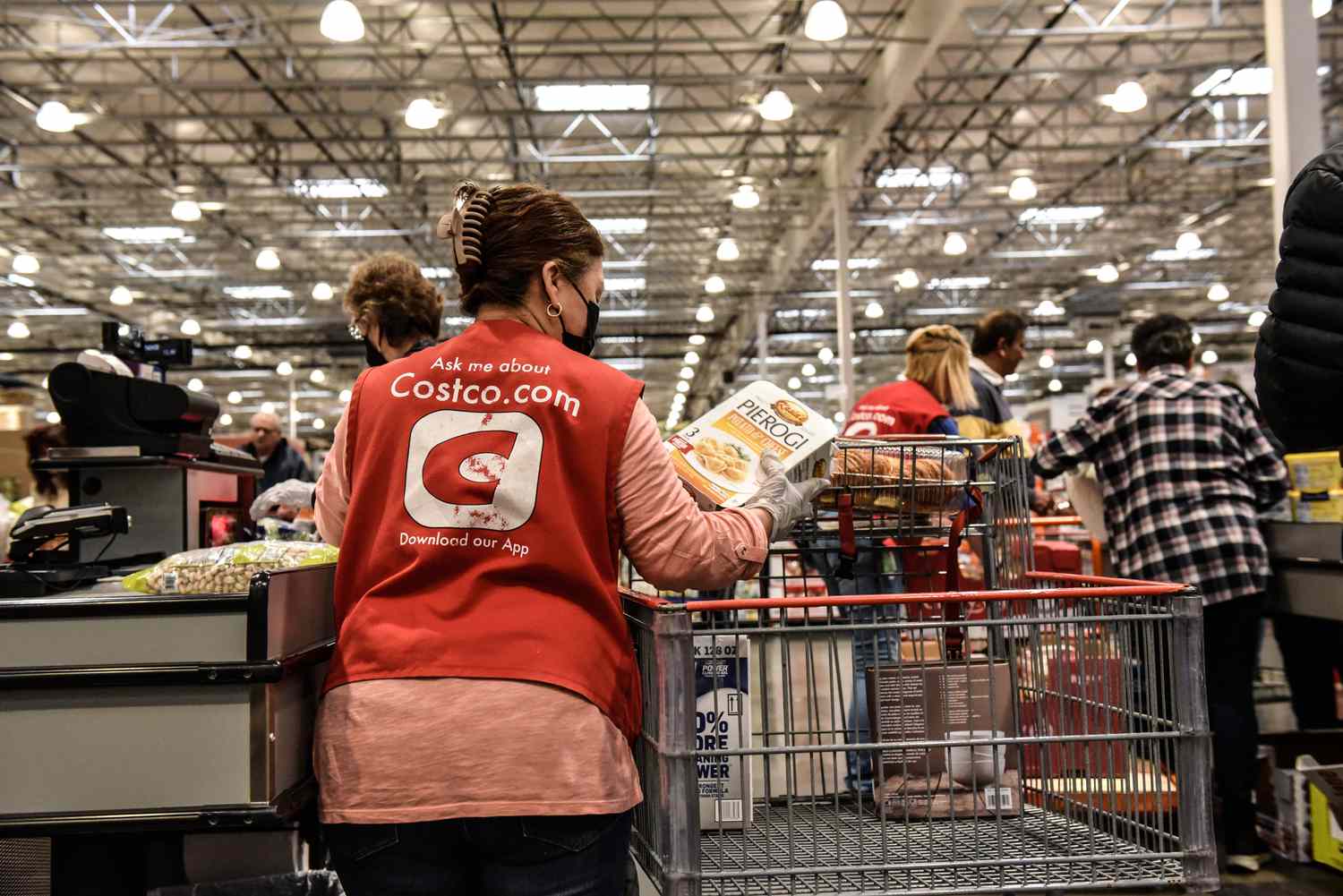At the heart of Costco’s operation is its membership-driven model, a cornerstone that not only dictates access but also defines its revenue structure. With a firm policy in place, the renowned warehouse club ensures that only members relish the benefits of its expansive store facilities. Yet, a recent strategic partnership might just broaden its horizon, extending a hand to those without a membership.

Membership Checks: A Gatekeeper’s Tale
Costco’s implementation of advanced technology in some locales exemplifies its commitment to exclusivity. By requiring members to scan their cards before entering, Costco fortifies its business model which thrives on membership fees. Historically, the food courts at Costco, famous for their $1.50 hot-dog-and-soda combo, have been a crowd-puller.
However, tightening policies now restrict this privilege strictly to cardholders, closing what was a convenient loophole for non-members. This rigorous check at entry points underscores a clear message: membership has its merits. According to company reports, over half of Costco’s profits stem from these fees, making the satisfaction and retention of members paramount.
Bridging the Gap: Costco’s Collaboration with Uber
In a move that juxtaposes its stringent in-store policy, Costco has embraced flexibility through its collaborations with Uber and Instacart. This partnership, particularly with Uber, targets non-members, offering them a slice of its vast inventory.
“Uber Eats is partnering with Costco to make it easier than ever to get everything you need – for summer gatherings and beyond – delivered straight to your door,” notes the ride-sharing giant on its website. This initiative allows non-members to enjoy the convenience of Costco products without the commitment of a membership.
However, this convenience comes at a cost. Both Instacart and Uber Eats mark up the prices for non-members, a caveat that underscores the value Company places on its membership. For members, these services offer the added perk of discounts, further incentivizing membership.

The Growth and Appeal of Membership
Company’s membership base is not just growing; it’s thriving. With a standard Gold Membership at $60 and an Executive Membership at $120 — which offers 2% back on most purchases — the value proposition is clear.
Richard Galanti, Company’s now-retired CFO, highlighted during a recent earnings call the company’s impressive retention rates: “Our U.S. and Canada renewal rate came in at 92.9%, and the worldwide rate at 90.5%.”
The allure of the Executive Membership is particularly strong. By the end of the second quarter, Company boasted 33.9 million paid Executive members, a testament to the lucrative benefits and savings these memberships offer. These members not only represent a significant portion of the customer base but also account for over 73% of worldwide sales.

Conclusion: A Club for All Seasons
Costco’s dual approach—stringent in-store policies for maintaining member exclusivity and strategic partnerships for broadening market reach—reflects a savvy understanding of consumer behaviour and market dynamics.
As the company continues to navigate the balance between exclusivity and accessibility, its evolving strategies reveal a commitment to both sustaining a robust membership base and tapping into a wider audience, ensuring that the warehouse giant remains a staple for varied shopping needs.










